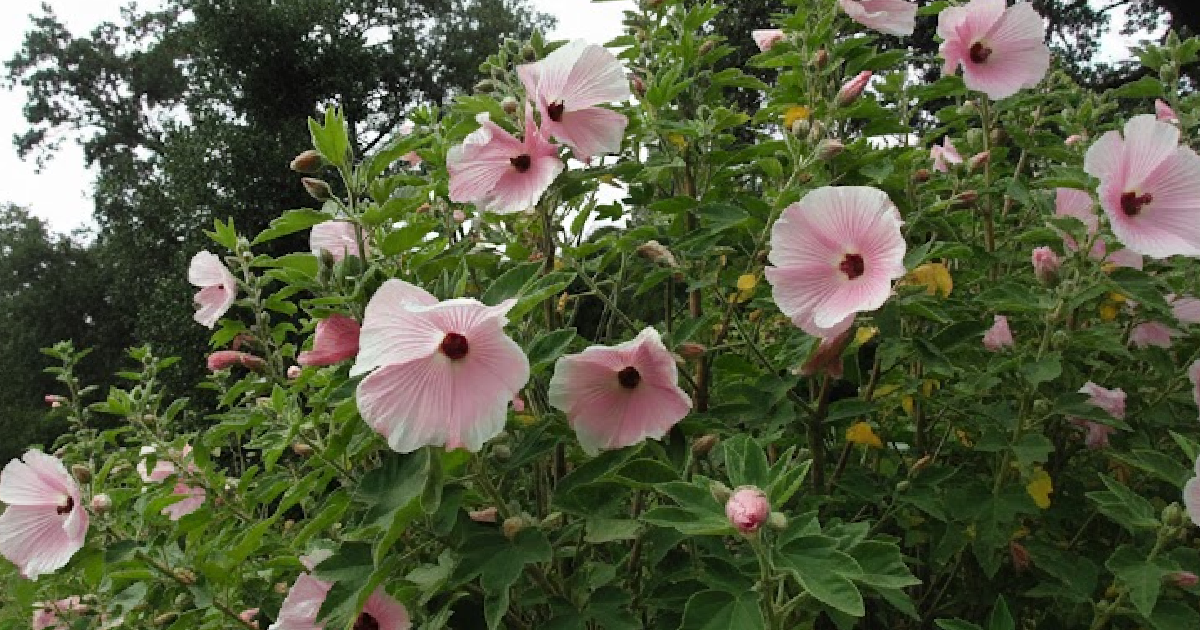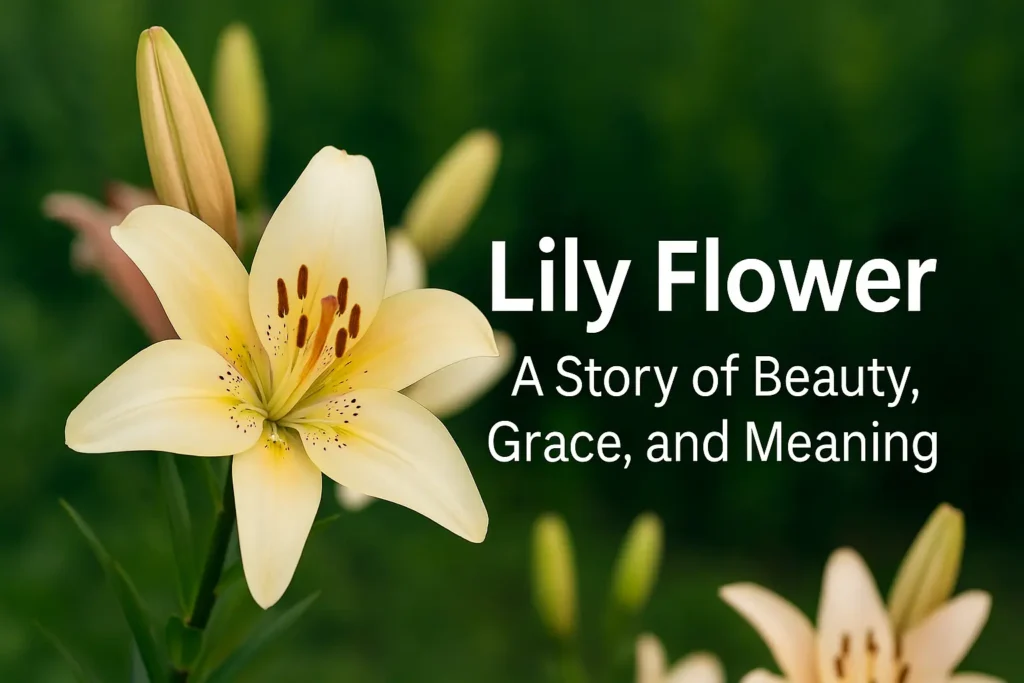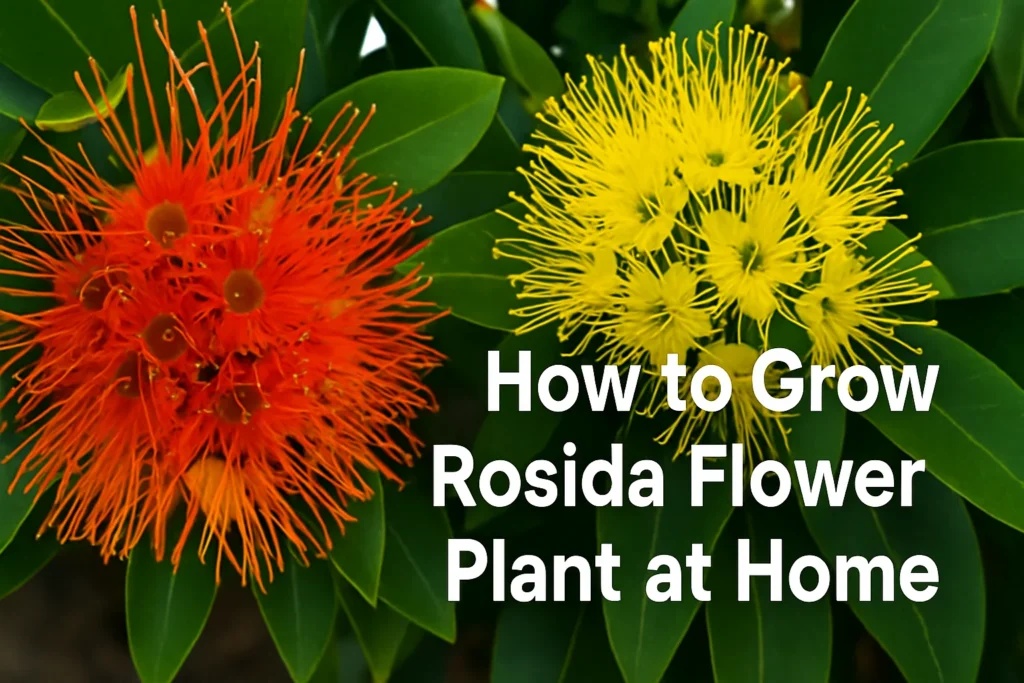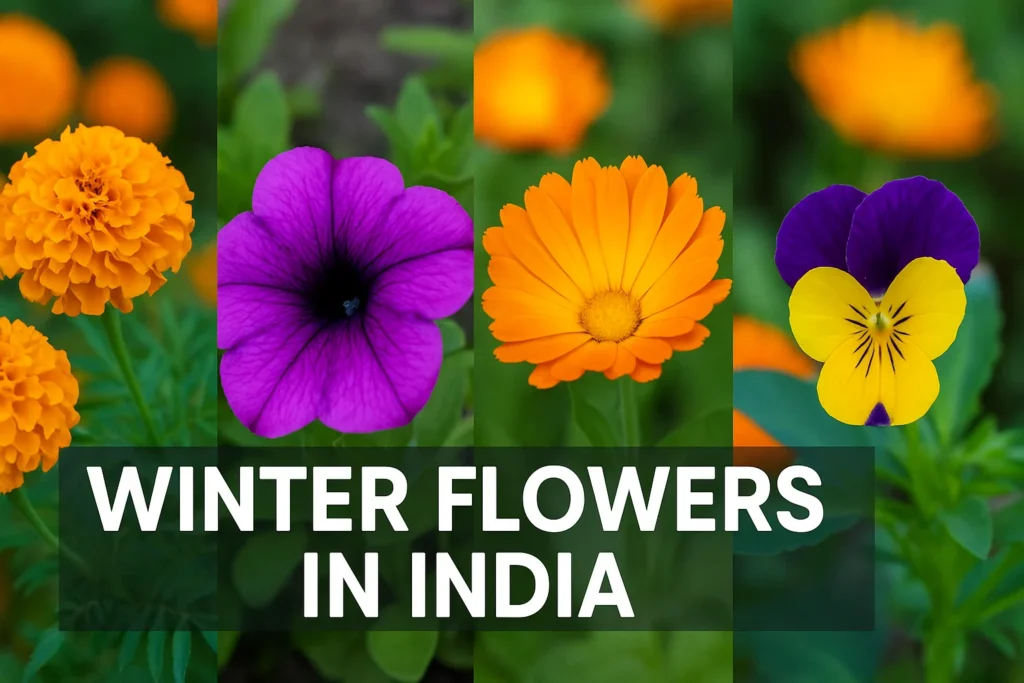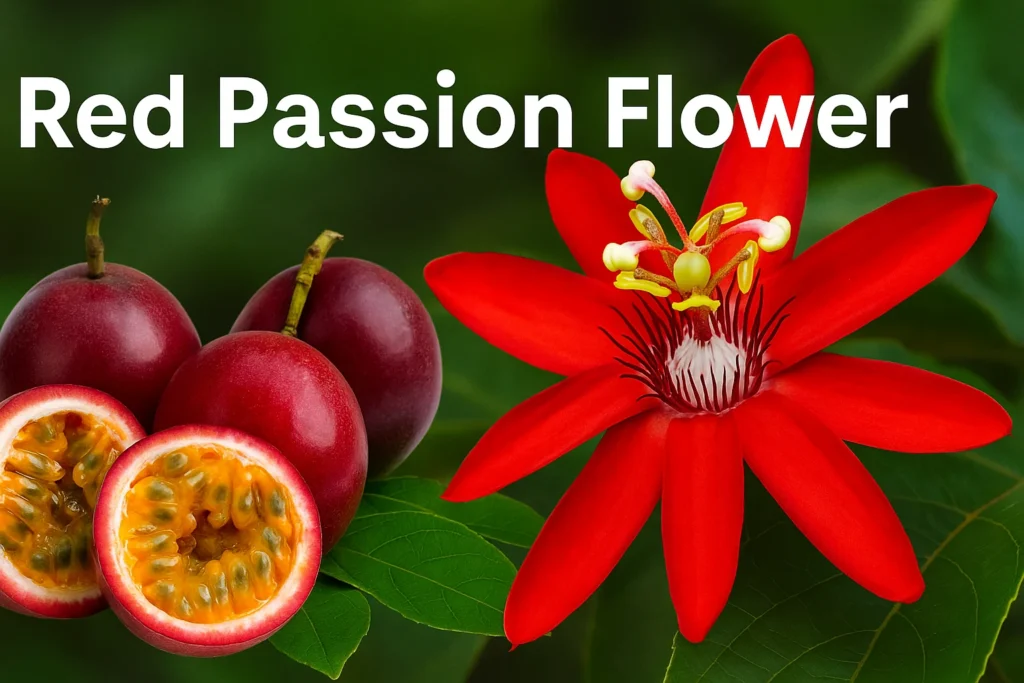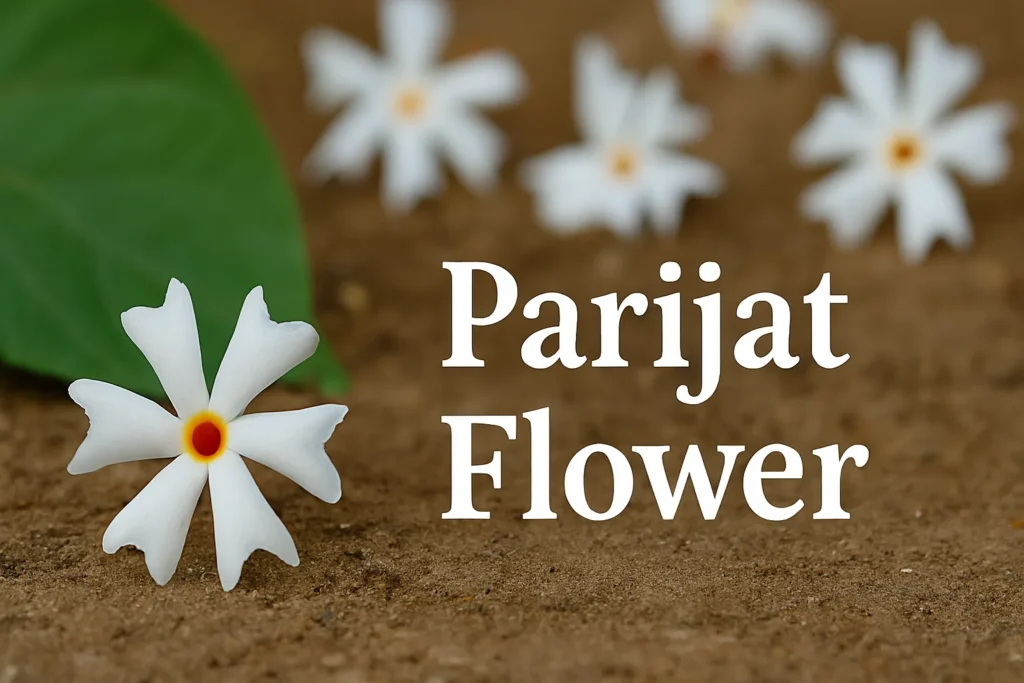Among the many hibiscus species admired for their tropical blooms, Hibiscus splendens stands out for its striking pink flowers and natural hardiness. Native to parts of eastern Australia, this shrub is also called the Splendid Hibiscus or Hollyhock Tree. Its large, vibrant flowers and coarse, hairy foliage make it a unique ornamental plant, especially valued in native gardens and conservation areas.
If you’re curious about what makes Hibiscus splendens special, how it grows, and the best way to care for it, this guide covers everything you need.
What is Hibiscus splendens?
Hibiscus splendens is a tall shrub or small tree from the Malvaceae family. It can grow up to 3–6 meters in height, often forming a bushy structure. The plant is easily identified by its:
- Flowers: Large, soft pink blooms up to 15 cm wide, often with a deep crimson throat.
- Leaves: Coarse and hairy, giving it a textured look.
- Habit: A spreading, fast-growing shrub often found along forest edges or coastal areas.
This hibiscus is native to Queensland and New South Wales, where it thrives in subtropical and coastal conditions.
Benefits of Hibiscus splendens
Gardeners value Hibiscus splendens for more than just its beauty. Its benefits include:
- Ornamental Appeal: Its showy flowers brighten up gardens, borders, and native landscapes.
- Habitat Plant: Attracts birds, butterflies, and pollinators, making it excellent for biodiversity.
- Erosion Control: Its strong root system helps stabilize soil, especially in coastal areas.
- Low Maintenance: Once established, it requires little care compared to exotic hibiscus hybrids.
For those interested in other rare native blooms, exploring plants like the Buraansh Flower adds another layer of beauty to natural gardens.
How To Grow Hibiscus Splendens?
Growing Hibiscus splendens is rewarding, especially in climates that resemble its native range.
- Soil: Prefers well-drained soil, enriched with organic matter.
- Light: Thrives in full sun but tolerates partial shade.
- Watering: Needs regular watering when young, but becomes drought-tolerant as it matures.
- Climate: Best suited for subtropical and warm temperate climates.
It can be grown as a feature shrub, in native plant gardens, or alongside colorful options such as the Zinnia Flower for year-round variety.
Hibiscus splendens Care Guide
To keep Hibiscus splendens healthy and flowering:
- Pruning: Trim after flowering to maintain shape and encourage new growth.
- Mulching: Mulching around the base, much like with the Marigold Flower, helps retain soil moisture and protect roots.
- Fertilizer: Apply a slow-release fertilizer in spring for better flowering.
- Pests: Watch out for common hibiscus pests like aphids and scale insects; treat early with neem oil.
Its ability to withstand tough conditions makes it a good choice for both experienced and beginner gardeners.
Common Problems with Hibiscus Splendens
Although hardy, Hibiscus splendens can face some issues:
- Yellowing Leaves: Often caused by overwatering or poor drainage.
- Poor Flowering: May happen if the plant is grown in too much shade.
- Pests: Sap-sucking insects like aphids can damage foliage, a problem also seen in plants such as the Rose Flower
Maintaining proper sunlight, well-drained soil, and occasional pruning usually prevents most problems.
Conclusion
Hibiscus splendens is more than just a pretty shrub—it’s a resilient native hibiscus that thrives in a variety of garden conditions. With its large pink blooms, easy care needs, and environmental benefits, it’s a valuable addition to both decorative gardens and native landscapes. Whether you plant it for beauty, biodiversity, or conservation, this hibiscus is a splendid choice for year-round impact.

